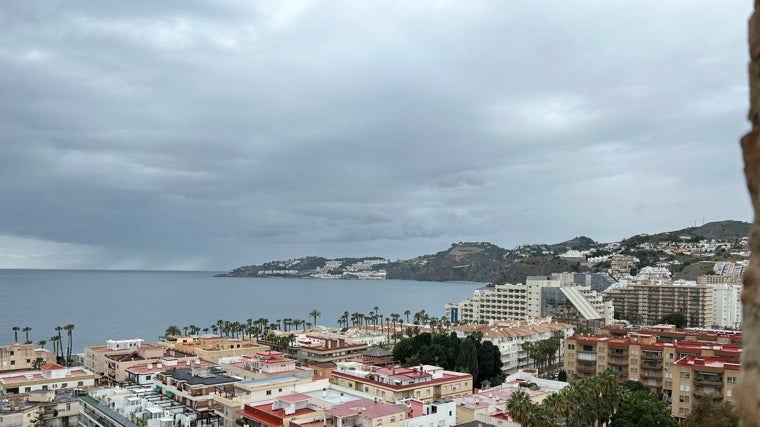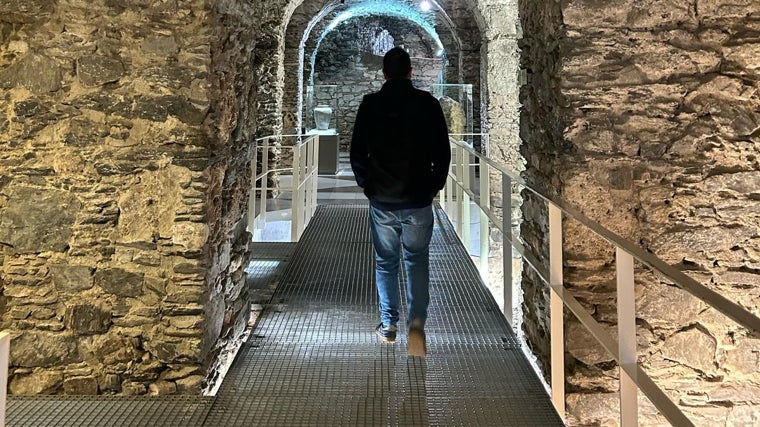What to do in Almuñécar this weekend: activities and must-see attractions

In many coastal destinations, a day dawns cloudy and the visitor is forced to ask themselves: what am I going to do today? Because the beaches there may be as good as you'd like, but apart from that, nothing. No monuments, no places of interest, no interesting routes.
This is not the case with Almuñécar , probably the most interesting destination on Granada 's Costa Tropical, which, in addition to having beaches galore, also offers other options to its visitors. And along the way, it allows them to discover a place with almost three thousand years of history behind it, because there is evidence that the Phoenicians lived there, who called the place Sexi. Hence, the name of Almuñécar is "sexitano." It's another matter that many prefer to be called "Almuñequeros," but that's not what this article is about.
If you have to start the tour from the top, which involves climbing some steep slopes, there is the reasonably well-preserved San Miguel Castle , declared a Site of Cultural Interest in 1993. As is typical, being at the highest point in the city, the views are excellent and unobstructed. You can see the sea in all its splendor, but also, on the other side, the first foothills of the Tejeda, Almijara, and Alhama mountain ranges , a rugged, protective blanket.
The visit is entertaining. You can enter some of the battlements, go down into the moat, and soak up the history in a room where, on a screen, three figures representing a Phoenician, an Arab, and a Christian give their own unique versions of Almuñécar's past, each one adding fuel to the fire . Their speeches are both entertaining and informative.
 View of the city, with Punta de la Mona in the background
G. Ortega
View of the city, with Punta de la Mona in the background
G. Ortega
The castle was once connected to Peñón del Santo . Remains of the Roman bridge that once connected the two remain. Now you have to go down to the edge of the beach and climb three flights of steps, but it's no small feat; it's accessible to everyone. From above, it's not very visible, but at night, the rock is marked by a huge cross that lights up, creating a beautiful effect.
At the very top of the rock is a viewpoint offering a view of the sea, so close you can almost touch it. In the distance, on one side, the view stretches almost as far as Salobreña and on the other, Punta de la Mona, past which lies the functional and charming marina of Marina del Este, the only one in the province, and beyond, La Herradura beach. Although that's already going too far.
Returning to the castle, before heading down to the center, you can and should stop at the archaeological museum, located in a cave called Siete Palacios . Although it dates back to the 1st century, when Almuñécar was no longer occupied by the Phoenicians but by the Romans, it is still in a more than acceptable state of preservation. Inside, you'll find some very valuable treasures from the Roman and Phoenician periods.
The jewel in the crown is undoubtedly the canopic jar of Pharaoh Auserre Apophis I , a piece of Egyptian funerary art considered the oldest written document found on the Peninsula. It most likely arrived there during the Phoenician era, who left behind further remains, such as the necropolises of Cerro Velilla, Puente de Noy, and Laurita.
They are outside the city center, but within, and well within, Roman remains of great interest are visible. Among them, the old salting factory next to Majuelo Park and the Roman baths. The seven-kilometer-long aqueduct that brought water to the city from the Verde River ended there. Some sections of this structure still stand.
 Interior of the interesting archaeological museum, the oldest part of which dates back to the Roman period
G. Ortega
Interior of the interesting archaeological museum, the oldest part of which dates back to the Roman period
G. Ortega
Culture, as you can see, is not lacking in Almuñécar. What's more, it's a lively place, very pleasant to stroll around, and with a historic center where not too many architectural blunders have been committed. The Church of the Encarnación , built in the 16th century, and the Plaza de la Constitución, where the town hall is located, are two points that can serve as reference points for wandering around a series of narrow streets where the locals go about their daily lives, shop, and enjoy tapas.
To keep things simple, a safe bet is to visit Bodega Francisco , located in the center of Almuñécar since 1951. Its heritage is evident from the moment you enter. It also operates as a restaurant and is one of those places with dozens of hanging hams and barrels of wine. The vermouth, both white and red, is highly recommended. As an alternative, or even as a complement, another classic is Los Pajaritos , where you don't have to look for elegance, but rather good produce. And local flavor.
If you're visiting Almuñécar with children, there are several options they'll definitely enjoy, such as the aforementioned El Majuelo Park, which, incidentally, hosts a famous jazz festival every summer. They'll also have fun at the Loro Sexi , very close to Peñón del Santo, where dozens of parrots, parakeets, and macaws are a reminder that, after all, it's not called the Costa Tropical for nothing. A third option is the aquarium, although it's currently closed. But the kids will also have a great time at the castle.
What's left? Ah, yes, the beaches. Because while this has so far been about what to do when it's cloudy, if the sun comes out there are beaches for all tastes. Among others, there are Velilla, La Caletilla, El Tesorillo, San Cristóbal, and Cotobro , although further west of the latter there is another, without basic services and with a nudist tradition, called Playa del Muerto . All are highly recommended.
ABC.es





